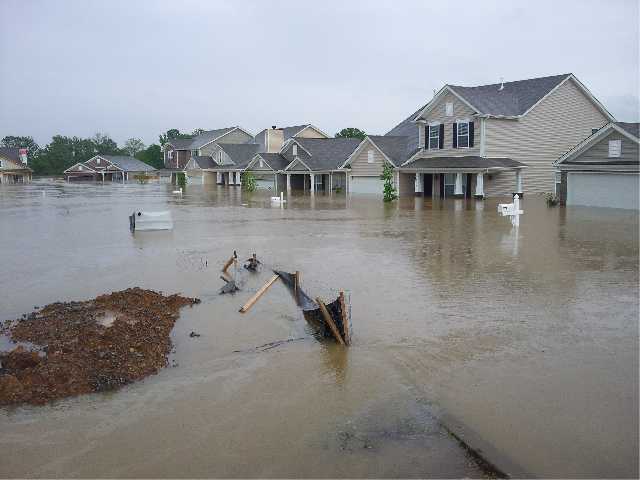Floods cause immense damage all over the world. Flooded homes and establishments usually require water damage restoration and flood cleaning services. And as we enter a period of climate change and unpredictability, flood defence technology is becoming more vital than ever before. Here’s how technology is being used to stop floods and what might happen in the future.
Detection Methods
There are no technologies that allow us to detect disasters before they actually happen. Sensors are used to monitor the movements of the Earth and predict possible earthquakes, tsunamis and floods. Sometimes, it’s not possible to detect these issues, but the technology is advancing all the time. A processing method called cross calibration is now used to detect potential floods. It uses multitemporal SAR images to generate a disaster map that highlights the areas that might be affected by a flood. When the prediction is made, the message can be got to people on the ground who could be affected.
Self-Closing Flood Barrier
The self-closing flood barrier is most commonly used to halt inward waterway floods. They are used to protect houses, people and other kinds of property when the flood water starts to rise. The most common causes of these types of floods are rapidly melting snow and extremely heavy rainfall. The flood barrier is ready to deploy and protect a community at any time of the day or night, whenever a flood might hit. These are also often used by businesses and governments that have important files and documents that need to be protected in the event of unexpected flooding. They are becoming more common across the world, with many countries now choosing to use them.
Coastal Defences
There are many different types of coastal flood defences out there. Let’s start with sea walls. These are used very widely in Europe and the United States. They are meant to stop high waves from affecting homes and leisure activities. In seaside towns where people often spend a lot of time is where they’re most commonly found. Barrier islands are further out and they are meant to absorb all the excess energy that’s associated with high waves. If these high waves aren’t intercepted and reduced before they reach the coast, they have the potential to cause floods and wreak havoc. Tidal barriers are also used to absorb the energy of the waves. These are dam-like structures and new technologies also mean that this energy can then be turned into electricity. Communities should also conduct periodic catch basin cleaning to ensure that there won’t be blockages when the stormwater flows during heavy rains.
Future Technologies
It’s thought that by 2050, 70% more people will be living in areas that could be affected by flooding. This means that there is a desperate need to improve flood defences and make sure that people who live in vulnerable areas are as protected as they possibly can be. New maintenance operations that keep hydraulic structures are vital. But there are also brand new technologies being developed that might even have the power to stop the flow of an entire river. If the power of a river can be stemmed, many floods (and the disasters they create) may be able to be stopped in the future.

